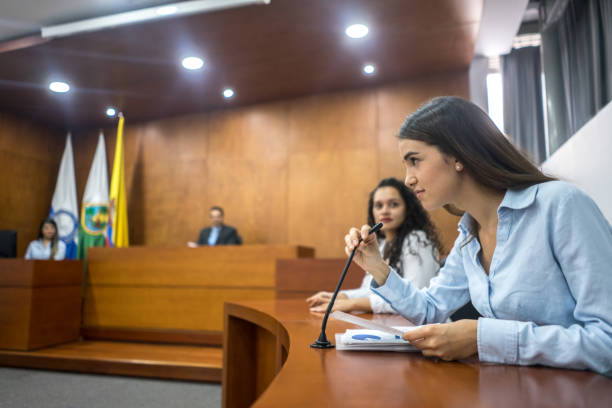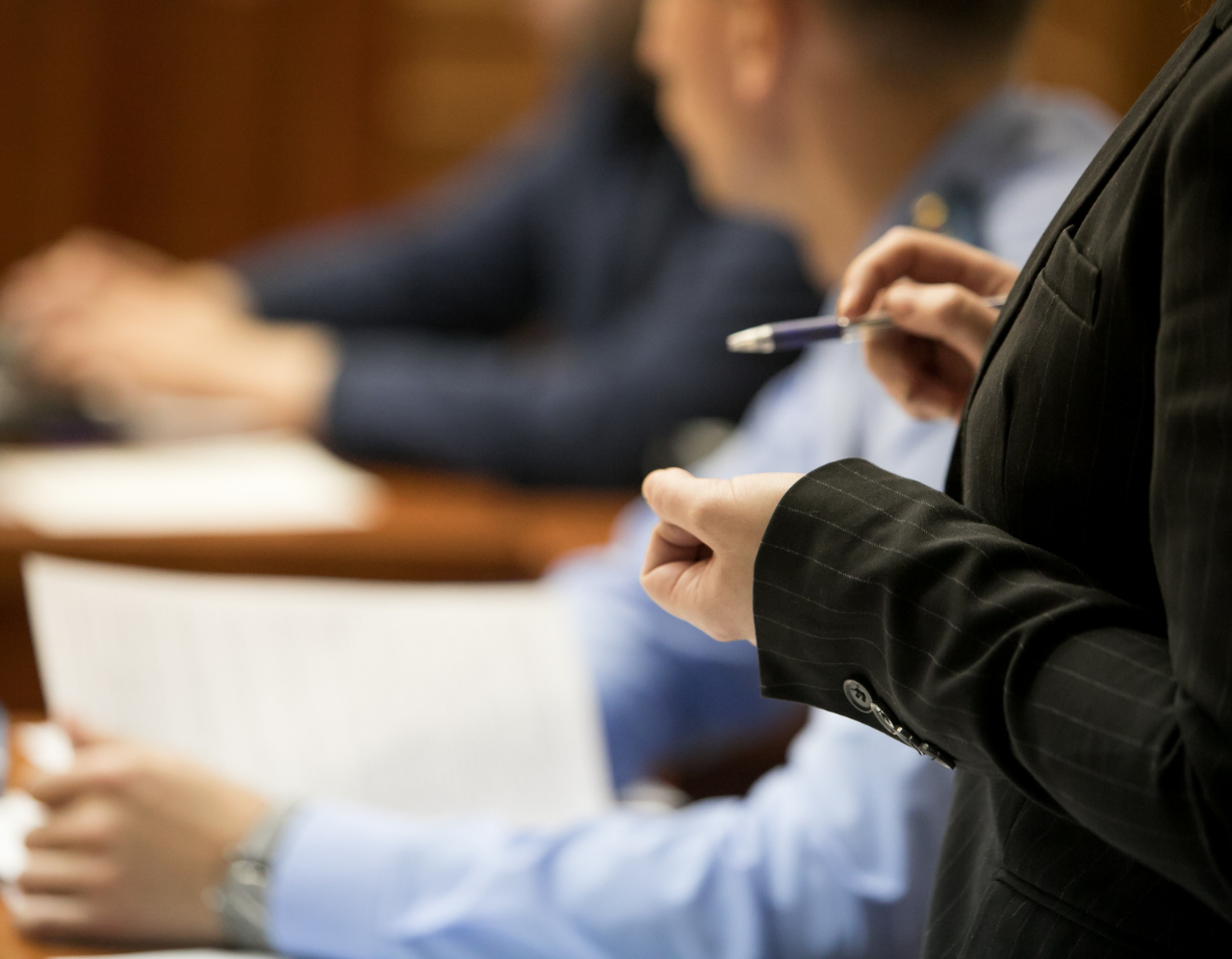Browsing the Intricacies of Test Presentations: Tips for Seamless Shipment and Engaging Debates
In the world of lawful proceedings, the art of trial presentation stands as a crucial determinant of success. As lawyers browse the intricate internet of court dynamics, the capability to effortlessly deliver arguments and proof while astounding the court's interest comes to be vital. The complexities inherent in trial discussions require a fragile equilibrium of technique, ability, and finesse. By refining techniques that make certain a refined distribution and crafting engaging arguments that resonate with the target market, lawyers can considerably improve their advocacy. In a globe where persuasion rules supreme, understanding the details of trial discussions is not simply an alternative however a requirement for those looking for to prevail in the courtroom.

Comprehending Trial Purposes
To effectively browse a trial, it is crucial to have a clear understanding of the goals that require to be attained. Prior to entering the court room, legal groups need to define their objectives and preferred outcomes. These goals act as guiding concepts throughout the test, shaping methods and affecting decision-making processes.
Recognizing trial goals involves a detailed evaluation of the case, lawful precedents, and the client's best rate of interests. Trial Presentations. It requires a precise exam of the facts, recognizing essential concerns, and anticipating possible difficulties. By setting quantifiable and certain goals, lawyers can tailor their presentations and debates to align with the preferred results
Furthermore, a clear grasp of test objectives enables lawful teams to prioritize proof, witnesses, and lawful arguments effectively. It permits the growth of a systematic story that reverberates with the court and jury, reinforcing the overall case discussion.

Organizing Evidence Efficiently
Having a clear understanding of test objectives lays the foundation for organizing evidence efficiently in legal process - Trial Presentations. By aligning the presentation of evidence with the desired results of the trial, legal teams can reinforce their debates and improve their persuasiveness. One important aspect of arranging evidence is categorization. Organizing evidence based upon motifs or relevance to details legal components can help enhance the discussion and make complex info a lot more absorbable for the judge or jury.
Another key component in organizing evidence properly is establishing a rational circulation. Offering evidence in a sequential and coherent way can help develop an engaging narrative that sustains the legal debates being made. Furthermore, making use of visual aids such as charts, timelines, or charts can better boost the organization of evidence and assist in clarifying complicated relationships or series of events.
Additionally, guaranteeing that all evidence offered is admissible and relevant to the situation is essential. Inadmissible or unimportant evidence can interfere with the toughness of the disagreement and possibly harm the credibility of the providing event. Therefore, a thorough evaluation and choice process must be carried out to include only one of the most lawfully audio and impactful proof in the trial presentation.
Crafting Persuasive Narratives
Crafting compelling narratives plays a crucial function in presenting convincing disagreements throughout legal proceedings. When building a story for a trial discussion, it is necessary to develop a clear story that highlights key points and attaches them in a meaningful fashion. By weaving together evidence, testament, and legal debates right into a persuasive and natural narrative, legal professionals can successfully promote for their customers and boost the likelihood of a beneficial result in the courtroom.
Understanding Aesthetic Aids
Efficient use visual help is vital to enhancing the effect and clarity of test presentations. Aesthetic help, when used strategically, have the power to streamline intricate information, strengthen key factors, and leave an enduring impact on the discretionary. To master visual aids in test presentations, it is critical to make certain that they are clear, succinct, and pertinent to the disagreements being made.
When find out incorporating aesthetic help, such as charts, graphs, timelines, or photos, into a test presentation, it is vital to keep them visually appealing yet specialist. The visuals must complement the spoken debates, giving an aesthetic representation of the information being reviewed without overwhelming the audience with unneeded information.
Moreover, exercising with the visual help ahead of time is vital to make certain a smooth distribution throughout the trial. Familiarizing oneself with the web content, More Info changes, and timings of each visual aid can aid keep the circulation of the presentation and prevent technological problems that may develop.
Providing Impactful Closing Arguments
A compelling closing disagreement offers as the end result of a test presentation, encapsulating the core story and encouraging the judge and jury towards a desirable choice. Begin by laying out the main debates that support your client's placement, emphasizing why the proof provided throughout the test supports your story.
Moreover, including sob story can further reinforce your closing argument. By humanizing the instance and linking on an individual degree with the decision-makers, you can stimulate compassion and understanding, affecting their assumption of the facts provided. Furthermore, restating the legal requirements that have to be satisfied for a beneficial judgment can enhance the validity of your position. Eventually, a well-crafted closing disagreement need to leave a long-term impact, compelling the court and court to rule in your client's favor.
Verdict
In conclusion, grasping trial presentations involves comprehending objectives, organizing review evidence, crafting narratives, making use of aesthetic help, and delivering impactful closing debates. By executing these techniques properly, attorneys can provide their situation seamlessly and make engaging arguments in the court. It is essential to navigate the complexities of test presentations with accuracy and skill to attain success in legal proceedings.
By aligning the discussion of evidence with the wanted results of the trial, legal groups can reinforce their debates and boost their persuasiveness (Trial Presentations). To grasp aesthetic aids in trial presentations, it is critical to make certain that they are clear, concise, and pertinent to the arguments being made
A compelling closing argument offers as the end result of a trial discussion, enveloping the core story and encouraging the judge and court towards a favorable decision. Begin by laying out the primary debates that support your client's setting, highlighting why the evidence presented throughout the trial sustains your story.In verdict, mastering trial discussions entails recognizing objectives, organizing evidence, crafting narratives, using visual help, and supplying impactful closing disagreements.